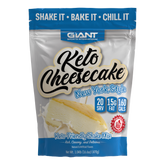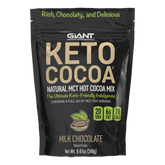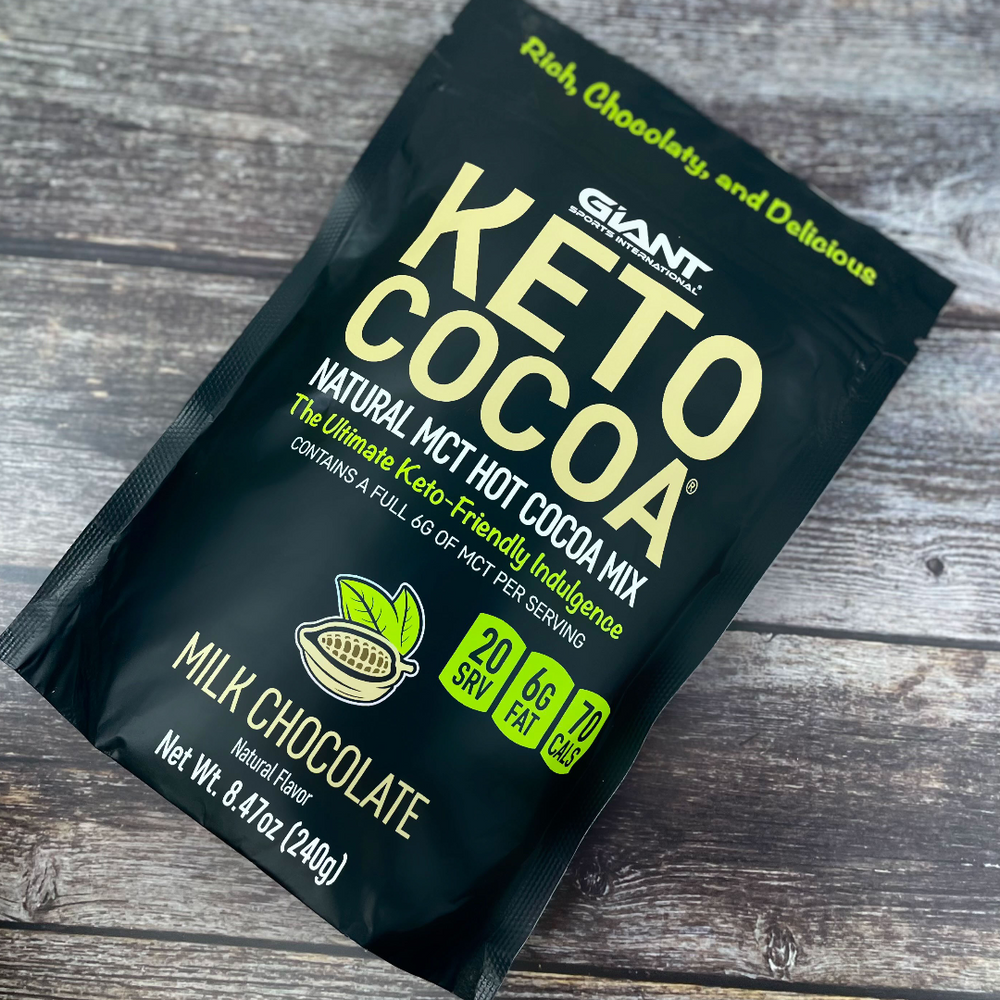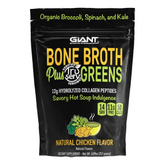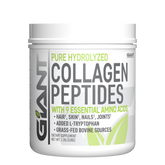Carbs in Cream Cheese: Is Cream Cheese Keto-Friendly?

What You’ll Learn...
- What is Cream Cheese?
- How is Cream Cheese Made?
- Nutritional Facts in Cream Cheese
- Carbs in Cream Cheese
- Health Benefits of Cream Cheese
- How to Add Cream Cheese to Your Keto Diet
- Fat in Cream Cheese
- How to Store Cream Cheese
- Is Cream Cheese Keto-Friendly
If you are starting out on the keto diet, you may wonder whether you can eat cream cheese. Cream cheese is often reported to be healthier than butter, but it doesn’t always have fewer calories. However, the keto diet doesn’t call for low-calorie foods. In fact, when you are on the keto diet, your goal is to restrict your carbs and increase your intake of healthy fats and protein.
Once your body adapts to this new way of getting energy, it will enter a metabolic state called ketosis. To stay in ketosis, you will need to keep your carb intake low and increase your healthy fats so that your body has a source for the ketones.
What Is Cream Cheese?
Cream cheese is a soft cheese that is made from cow’s milk and cream with high-fat content. It is rich and smooth, and it has a mild taste that is both sweet and tangy at the same time. It can be used plain as a spread or in a number of different recipes, and its fat content is greater if you are on the keto diet.
Cream cheese is high in fat, and very low in sugar and carbs.
We use cream cheese as a primary ingredient in our no added sugar, low-carb Keto Cheesecake shake.
How Is Cream Cheese Made?
Cream cheese is made from pasteurized cream or a mixture of milk and cream. Producers add lactic acid bacteria to it, which lowers the pH and causes curds to form. Then, the whey is drained and the curds are heated, which along with added stabilizers provides structure to it. It should always be eaten fresh.
Nutritional Facts in Cream Cheese
A single serving of cream cheese is one tablespoon, and the nutritional information is as follows:
- Calories: 50.8
- Fat: 5 grams
- Sodium: 46.5 mg
- Carbs: 0.8g
- Fiber: 0g
- Protein: 0.9g
Carbs in Cream Cheese
One tablespoon of cream cheese only has 0.8 grams of carbs, which will keep you well under your limit of 50 grams a day. Cream cheese also comes in flavors, but your carb count will go up because they often use fruits to flavor it.
Health Benefits of Cream Cheese
Cream cheese has a number of health benefits, and it is a good addition to the keto diet. It contains 10% of the daily recommended dose of Vitamin A, which strengthens your immune system and promotes healthy eyesight.
In addition, it contains antioxidants that help protect your body from free radicals. Free radicals are known to lead to damage to your cells and cause diseases such as cancer.
Cream cheese also has probiotics because it is made from a culture from lactic acid bacteria. Probiotics are healthy bacteria that support your immune system and help your digestive system.
Finally, even though cream cheese is made using cow’s milk and cream, it is low in lactose. As a result, people who have trouble tolerating lactose often are able to consume small amounts of cream cheese without any side effects.
How to Add Cream Cheese to Your Keto Diet
Cream cheese is versatile and can be added to your diet in many ways. You shouldn’t eat it with a bagel or toast, as you need to stay away from whole grains.
You can replace mashed potatoes with cauliflower and cream cheese. All you do is chop 10 ounces of cauliflower in your food processor and blend it with four ounces of cream cheese and a tablespoon of butter. You will have a low-carb alternative to mashed potatoes that is delicious and has a very similar texture.
Cream cheese also goes well with all kinds of meats. Meat is a good source of protein, and it is important on the keto diet. You can roll cream cheese up inside of sliced ham for a tasty treat.
Keto cheesecake fat bombs are a go-to snack when you need one. You will need cream cheese, butter or coconut oil, heavy cream, a keto sweetener, and vanilla extract. You simply mix all of the ingredients together and make round balls on a cookie sheet. You can stick it in the freezer or the refrigerator to cool and harden, and you have a low-carb, tasty treat that can satiate you when you need a snack.
Fat in Cream Cheese
There are five grams of fat in one tablespoon of cream cheese. This is great for the keto diet. One problem that some people have when they start the keto diet is that they do not increase their fat intake. You need to increase your intake of healthy fats to successfully transition your body to ketosis.
Healthy fats are monounsaturated and polyunsaturated fats, not saturated fats. Healthy fats help to raise your good cholesterol. In addition, eating more healthy fats helps your body to feel full and reduces sugar cravings.
Most importantly, your body needs fats to produce ketones. The purpose of the keto diet is to transition your body away from using glucose for energy to using ketones from fats. Healthy fats also help you absorb vitamins A, D, E, and K.
When you are on the keto diet, you keep your carb intake low, and you can eat as much fat as you need so that you feel full.
How to Store Cream Cheese
Fresh cream cheese has a short shelf life after you open it, and it needs to remain refrigerated. You can wrap it in plastic wrap or keep it in the container it came in as long as it is tightly sealed. If you see any mold forming, you need to throw it away.
You can keep cream cheese in the freezer where it will last for up to six months, but freezing it can change the texture. If you freeze your cream cheese, it will be better used as an ingredient in cooking than as a spread.
Is Cream Cheese Keto-Friendly?
The bottom line is that cream cheese is keto-friendly. Cream cheese has very few carbs and it has the healthy fats that you need on the keto diet. It has a few other nutrients, including just under a gram of protein and five grams of fats.
Cream cheese has a mild taste that is both sweet and tangy, and it can be used in different recipes to reduce carbs and increase your intake of fat. You can use it in baked goods, such as keto-friendly cookies, or you can combine it with cauliflower to make a dish that mimics mashed potatoes. There are many great recipes that use cream cheese, and eating them will reduce your cravings and allow you to feel full longer.
